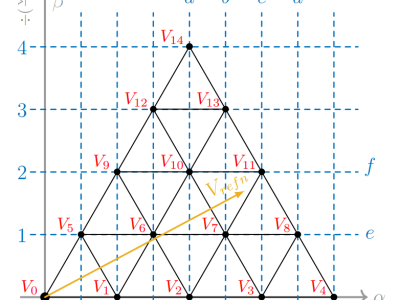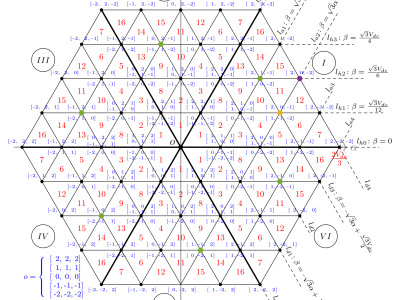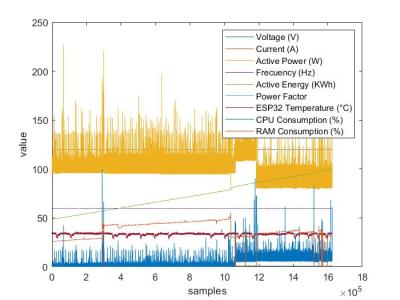MATLAB Simulation Files: A Simplified and Comprehensive Space Vector Pulse Width Modulation (SVPWM) for Multilevel Inverters

- Citation Author(s):
- Submitted by:
- Amir Ostadrahimi
- Last updated:
- DOI:
- 10.21227/ewnd-2t85
 381 views
381 views
- Categories:
- Keywords:
Abstract
Despite numerous advantages of space vector pulse width modulation (SVPWM) methods, their implementation on multilevel inverters (MLI) is onerous. Due to the ever-increasing use of MLIs in power electronic applications, it is essential to implement efficient modulation procedures aiming to keep control sampling periods sufficiently short. Here, a novel and straightforward SVPWM Strategy is introduced, which uses algebraic functions throughout the procedure and avoids using hardware-consuming trigonometric functions. Look-up tables and region detection are no more necessary. It also generates switching states automatically, without requiring any data in advance. As another simplification, the proposed SVPWM is only designed for the first sector, instead of six sectors of the space vector modulation (SVM) plane. This simplification is done via transferring and translating techniques. When the reference vector is outside of the first sector, the algorithm brings it into the first sector using the transferring technique. After appointing the switching vector and calculating their duty cycle, the algorithm uses a specific translating technique to make data compatible with the main sector, from which the reference vector has been transferred. Regardless of the number of voltage levels, the proposed SVPWM strategy is comprehensively applicable to any n-level three-phase inverters, without any major modification. The simulations are done for a file-level cascaded H‐bridge converter (CHB). The simulations attest to the authenticity and effectiveness of the proposed SVPWM.
Instructions:
The attached paper (link below) explains the proposed SVPWM in detail. Also, simulation files include graphics that are compatible with the procedure in the paper and guide users to learn the method.
Should you have any questions, feel free to write to the authors.









